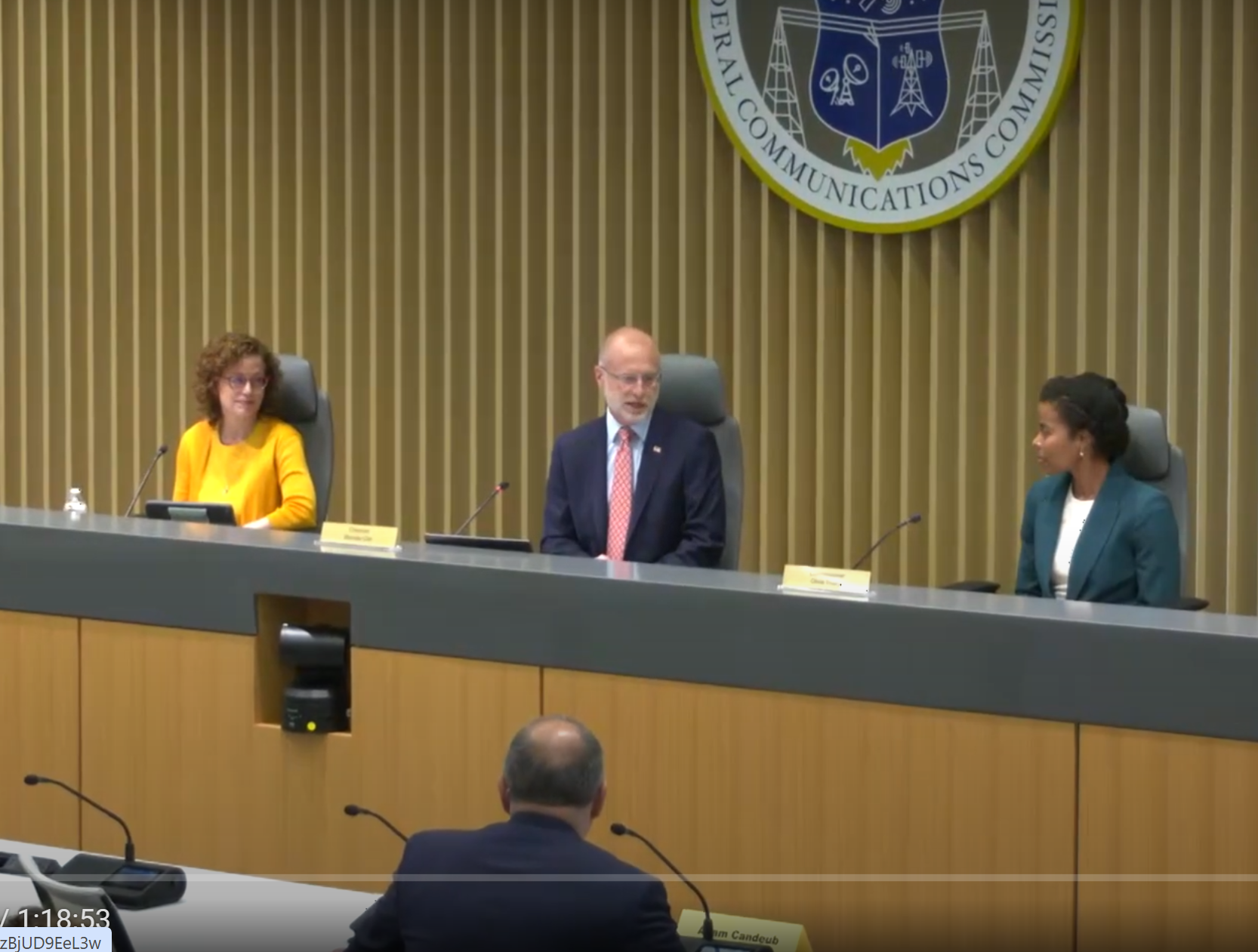Tracking Rogue Uplinks
If you saw the news recently that an uplink in Cuba was interfering with U.S. satellite feeds to Iran, you may have wondered how it is possible to determine the location of these rogue uplinks so accurately. An MSNBC article said TLS Inc. had tracked the location of the jammer uplink to "20 miles outside of Havana." The jamming was also reported in a Washington Times article Tuesday. Refer to these articles for details on the nature of the interference. The Transmitter Location Systems LLC (TLS) Web site provided enough information to understand how the system works.
There are several ways a rogue uplink can interfere with a legitimate signal. For analog transmission, with enough power it could overwhelm the transponder's AGC and, if the legitimate uplink did not increase power, it may even be able to provide a viewable signal on the transponder until the satellite operator shuts down the transponder. Digital transmissions are easier to jam. Unlike terrestrial broadcast DTV, satellite digital modulation techniques (usually QPSK, 8PSK or QAM) are not designed to work in the presence of interfering signals, as these are usually not a problem on satellite links. A single carrier at fairly low level could disrupt the digital signal.
How do you find the location of the interfering uplink? Triangulation is often used to locate transmitters on the ground. If two different receive sites with directional antennas can determine what direction the signal is coming from, the transmitter should be found where the two paths intersect. If you had satellites at two locations in geostationary orbit with very directional antennas, the same technique could be used from space. However, the receive antennas on most communications satellites have a very broad pattern so triangulation isn't possible.
According to the description of the TLS Model 2000 geolocation system, it uses interferometric techniques to locate the interfering uplink. This is possible because satellites with similar receive footprints adjacent to the one receiving interference will also receive the jamming signal, although, of course, at a much lower level. The TLS Model 2000 looks at the difference in delay between the interfering signal on the victim satellite and those adjacent to it. Since the delay is proportional to the distance the signal has to travel, knowing the location of the satellites in space and the delay through the satellite, it is possible to draw a circle on the earth for each satellite showing where an uplink would have that specific delay through the satellite. Even with only two satellites, there will be a limited space where the two circles intersect and that area will be where the rogue uplink is located. TLS has a global network of receive sites, so delay can be calculated at each of these locations and accuracy improved. If that isn't good enough, TLS offers a Final Search option where a helicopter is used to fly a grid to find the beam from the uplink antenna and pinpoint it to a specific street address.
In theory, this seems like a relatively easy way to zero in on uplinks interfering with satellite operations. However, remember that if the rogue uplink has a large dish, as we assume the one in Havana had, the signal on the adjacent satellites is going to be very weak. In addition, the location of the satellites in space can change slightly and this has to be included in the calculations. Finally, electronics in the satellite transponder will affect delay. Fortunately, if the location of legitimate uplinks using the satellites is known, these can provide a reference for the delay through the satellite and even allow precise determination of the location of the satellites. A picture of the TLS Model 2000 shows one full height rack of equipment next to a half rack of equipment. Isolating and determining the timing of these weak signals is certainly not easy!
While not as easy as tracking the location of a GPS-enabled satellite phone, hardware like the TLS Model 2000 makes it possible to track down and identify rogue uplinks interfering with legitimate satellite communications.
The professional video industry's #1 source for news, trends and product and tech information. Sign up below.
